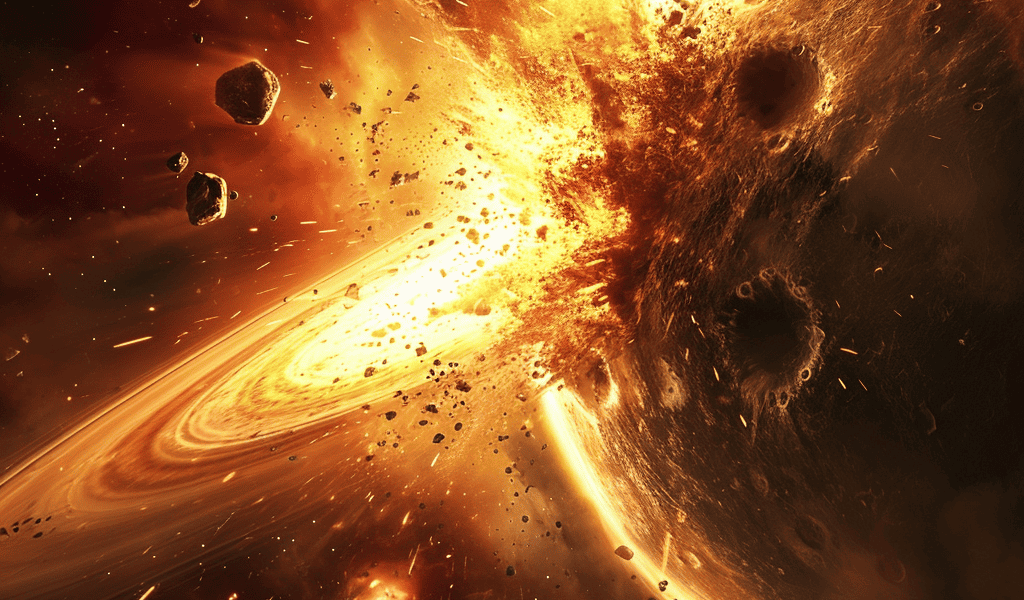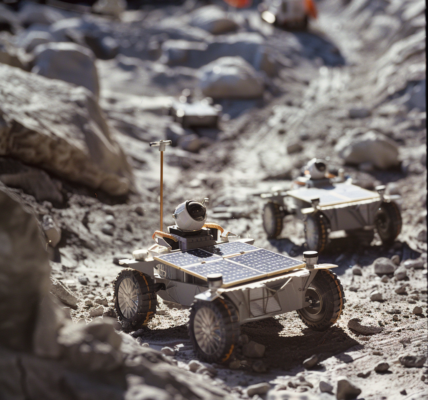A recent paper outlines the vital role of giant impacts in the formation of planets, shedding light on the mysterious process of planetary formation. Astronomers are still grappling with the question of how planets come into existence within star systems, which initially consist of gas and dust swirling around a newborn star. The seeds of planets form from the coalescence of gas over millions of years, eventually merging to become larger bodies, attracting their neighboring planetesimals. At a critical stage, thousands of these planetesimals, each a few hundred kilometers across, orbit the star.
However, the process doesn’t end there. Collisions and mergers between planetesimals are necessary to build the protoplanets, but the violence continues even after this phase. The role of giant impacts in the formation of planets has been a topic of intense debate among astronomers, as discussed in a recent review article summarizing our current understanding of this process.
While planets regularly experience impacts and collisions, most are minor and leave nothing more than a crater. In contrast, giant impacts, though rare, are much more energetic and occur when two planets of roughly equal mass collide. These impacts have the power to completely reshape a planet, altering its formation trajectory and potentially affecting its habitability.
One prominent example is the widely held belief among astronomers that a giant impact formed Earth’s moon, when a Mars-size object collided with the proto-Earth. This impact vaporized a significant portion of Earth’s crust, sending it into orbit where it eventually coalesced to form the moon. Without this giant impact, Earth would likely not have such a large moon, which has played a crucial role in stabilizing Earth’s axial tilt over billions of years, benefiting the evolution of life on our planet.
However, giant impacts can also be destructive. For instance, Mercury is thought to have initially been a much larger world, roughly twice its current size, before experiencing a catastrophic giant impact.





